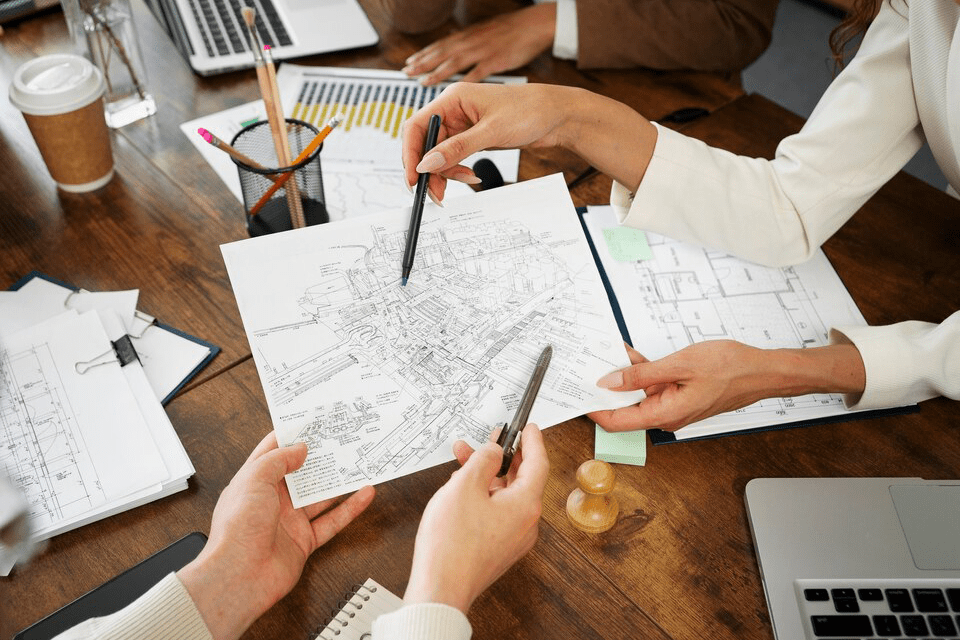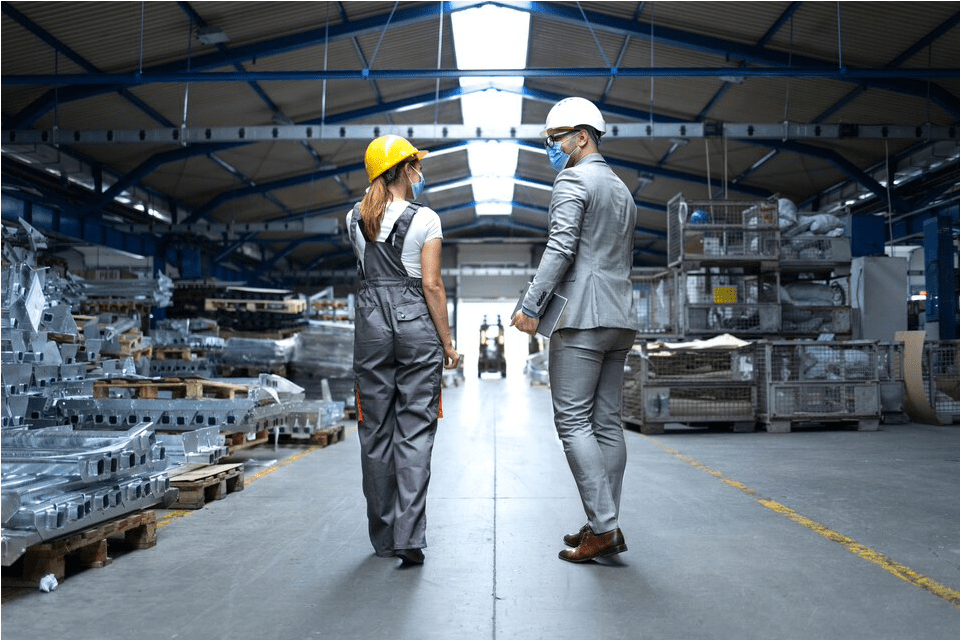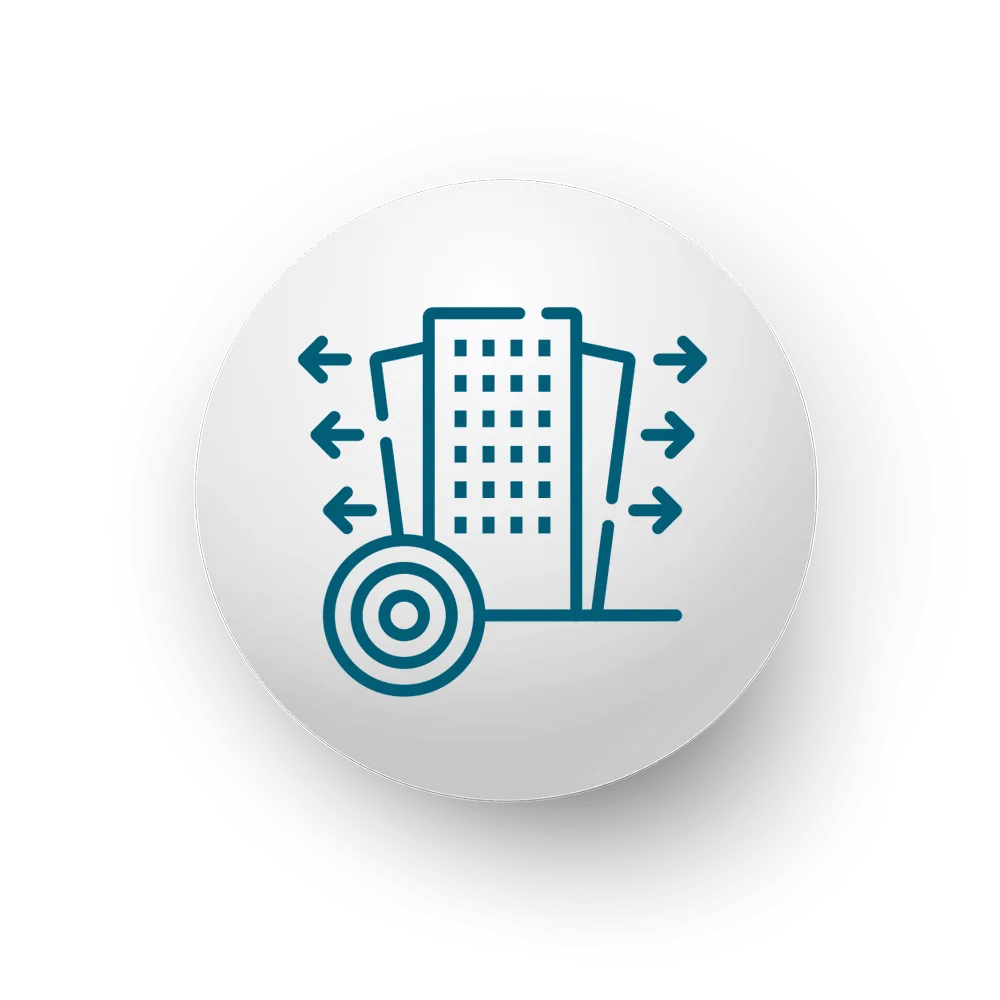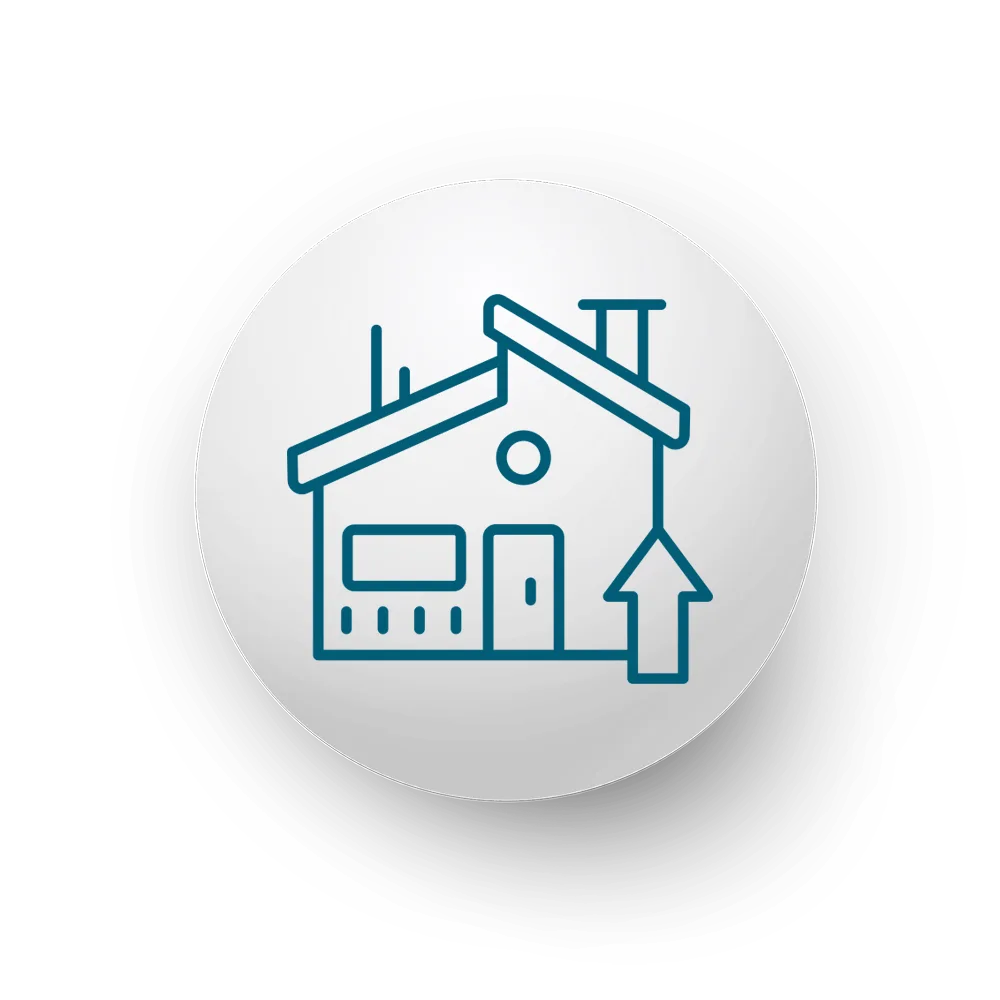Structural Design and Analysis Services
At Chambers, we provide comprehensive structural design services tailored to a wide range of projects—including residential, commercial, and industrial structures. Our expert team combines advanced analytical techniques with innovative design methodologies to create structures that are not only safe and compliant but also cost-effective and durable.

What We Do
Our structural design and analysis services transform your vision into reality by:

Material Selection
Identifying and specifying the best materials for each project, balancing durability, aesthetics, and cost-effectiveness.

Design Calculations
Performing detailed and accurate calculations for every structural element to guarantee performance and stability

Load Analysis
Evaluating and simulating structural loads to ensure safety and compliance under various conditions.
We work closely with our clients to develop customized solutions that meet specific project requirements while adhering to industry standards and regulations.
Our Key Services

Load Analysis
- Comprehensive Evaluation: Assessing live, dead, wind, seismic, and other environmental loads.
- Simulation & Modeling: Utilizing advanced software to model load distribution and stress points.
- Safety & Compliance: Ensuring that all structures meet or exceed regulatory safety standards through rigorous analysis.

Design Calculations
- Detailed Analysis: Providing precise calculations for beams, columns, slabs, and connections.
- Optimization: Refining design parameters to maximize performance while minimizing material use.
- Documentation: Delivering clear and thorough reports that serve as the blueprint for construction and future inspections.

Material Selection
- Performance-Based Selection: Choosing materials based on strength, durability, and environmental conditions.
- Cost-Effectiveness: Balancing performance requirements with budget constraints to deliver optimal solutions.
- Sustainability Focus: Prioritizing eco-friendly materials and sustainable practices that reduce the environmental footprint of your project.
How We Do It
Our systematic approach ensures every structural design meets the highest standards:

3. Conceptual & Detailed Design
Develop preliminary designs and then refine them with detailed calculations and modeling.

2. Data Collection & Analysis
Gather necessary data through site surveys, material testing, and load assessments.

1. Initial Consultation
Discuss project goals, requirements, and any site-specific challenges

6. Construction Support
Offer ongoing support and consultation during construction to ensure designs are implemented accurately.

5. Documentation & Reporting
Prepare comprehensive design documents, calculations, and recommendations.

4. Review & Optimization
Subject designs to rigorous peer reviews and iterative testing for efficiency and safety.
Innovation & Technology
We integrate cutting-edge technology to enhance our monitoring capabilities:
Advanced Software Tools
Advanced Software Tools
Advanced Software Tools
- 3D modeling, finite element analysis (FEA), and BIM (Building Information Modeling) for precise simulations.
Automated Calculation Systems
Automated Calculation Systems
Automated Calculation Systems
- Streamlined processes for faster, more accurate design iterations.
Real-Time Data Integration
Real-Time Data Integration
Real-Time Data Integration
- Incorporating sensor data and field measurements into our analysis for adaptive design adjustments.
Virtual Reality & Simulation
Virtual Reality & Simulation
Virtual Reality & Simulation
- Using VR tools to visualize structural performance under various load conditions before construction begins.
Sustainability & Impact
Our structural design practices promote sustainability and long-term resilience:
- Optimized Material Use: Efficient designs reduce waste and lower overall material consumption.
- Energy Efficiency: Incorporating design elements that enhance building performance and reduce operational costs.
- Longevity & Durability: Ensuring structures are built to withstand time, weather, and environmental challenges.
- Eco-Friendly Solutions: Prioritizing sustainable materials and construction practices that minimize environmental impact.
Industries We Serve
Our expertise in structural design and analysis benefits a broad range of sectors:

Government & Municipalities
Design and analysis for public infrastructure projects, including civic buildings, bridges, and transit systems.

Residential & Commercial Developments
Customized solutions for single-family homes, multi-story apartment buildings, and mixed-use developments.

Commercial Projects
Structural designs for offices, retail centers, and hospitality venues that balance aesthetics and functionality.

Industrial Facilities
Robust, heavy-duty designs that ensure the safe operation of manufacturing plants, warehouses, and logistics hubs.

Educational & Healthcare Facilities
Innovative solutions that create safe, welcoming environments for schools, universities, hospitals, and clinics.
Why Structural Design and Analysis is Important
A well-engineered structure is the backbone of any successful project:

Regulatory Compliance
Our designs meet or exceed industry standards and local building codes, ensuring legal and safety compliance.

Optimized Performance
Tailored designs lead to efficient use of materials and superior structural performance.

Safety Assurance
Precise load analysis and detailed design calculations ensure structures can withstand expected forces.

Sustainable Construction
Thoughtful design and material selection promote longevity and
environmental responsibility.

Cost Efficiency
Accurate calculations and material selection help avoid over-engineering and reduce construction costs.
Investing in detailed geotechnical reporting is essential for building a solid foundation for any project.
FAQs
Have questions? We have answers:
What is involved in load analysis?
Load analysis involves evaluating all types of loads—dead, live, environmental, and dynamic—to ensure the structure can safely withstand various forces. Our simulations and models help predict structural behavior under these conditions.
How do design calculations contribute to structural safety?
Detailed design calculations provide the necessary data to optimize each structural element. They ensure that the design meets safety standards and performs as expected under load.
How is material selection determined?
Material selection is based on a combination of factors including load requirements, environmental conditions, cost, and sustainability. We analyze these factors to choose the best materials for long-term performance.
For more detailed answers, please visit our FAQ page or contact our team directly.
Contact Us
Ready to build on a solid foundation? Reach out today to discuss your structural design needs, request a quote, or learn more about our comprehensive services.
contact with us
Our Other Services

Ready to Get Started?
Ready to discuss your project? We’re here to help!






Do clients often request VR walkthroughs during the design phase?
Yes, many clients request VR walkthroughs during the design phase. It helps them visualize the final project, make informed decisions, and ensure alignment with their expectations before construction begins. VR walkthroughs enhance communication and provide a clearer understanding of the space.
What sustainable materials have shown the best long-term performance in your recent projects?
In our recent projects, materials such as cross-laminated timber (CLT), recycled steel, and high-performance concrete have shown excellent long-term performance. These materials not only contribute to sustainability by reducing carbon footprints but also offer durability, energy efficiency, and resilience, making them ideal choices for eco-conscious developments.
How do you adapt designs when unexpected load conditions or site data arise mid-project?
When unexpected load conditions or site data arise mid-project, we conduct a thorough reassessment of the design and collaborate closely with engineers and stakeholders. Adjustments may include modifying structural elements, re-evaluating foundation requirements, or adding reinforcement. We prioritize maintaining safety, compliance with regulations, and minimizing delays while ensuring the design can accommodate the new conditions efficiently.
Really impressed with the focus on eco friendly materials and sustainability across all phases of design.
The use of VR for structural simulation is next-level—what a great way to visualize performance pre-build.
Your detailed documentation and optimization process clearly adds a lot of value to clients and contractors alike.
Strong, efficient design isn’t just about meeting code it’s about building smarter. This process reflects that perfectly.